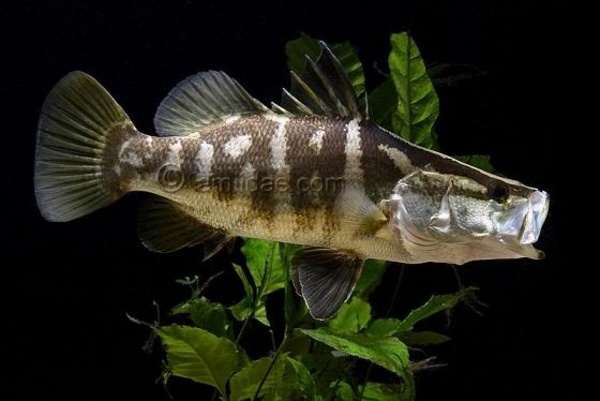
Lateolabrax japonicus
FAMILY
Percichthyidae
TAXONOMY
Lateolabrax japonicus Cuvier, 1828, seas of Japan.
OTHER COMMON NAMES
English: Japanese seaperch, Japan sea bass; Japanese: Suzuki.
PHYSICAL CHARACTERISTICS
Total length 40 in (102 cm). Body elongate, compressed, and
perchlike. Mouth is large, lower jaw projects beyond upper
jaw. Two dorsal fins. Color silvery but with fine black spots or
large black spots on adults from some localities. Juveniles have
small black spots on dorsal fin and back. There are 12–15
spines and 12–14 soft rays in the dorsal fin, 3 spines and 7–9
soft rays in the anal fin. Caudal fin is truncate.
DISTRIBUTION
Marine, brackish, and fresh waters of Japan south and west to
the South China Sea.
HABITAT
Inshore rocky reefs, usually in moving water. Juveniles enter
brackish and fresh waters.
BEHAVIOR
Solitary or in small groups. Will migrate.
FEEDING ECOLOGY AND DIET
Adults and older juveniles feed upon crustaceans, usually
prawns and shrimps, and smaller fishes. Younger juveniles feed
upon zooplankton.
REPRODUCTIVE BIOLOGY
During winter months, Japanese perch migrate downstream to
the sea, join conspecifics migrating from other streams, and
spawn on deeper rocky reefs.
CONSERVATION STATUS
Not listed by the IUCN, but may be vulnerable to habitats destruction,
particularly in rivers and estuaries.
SIGNIFICANCE TO HUMANS
Commercial fishes and game fishes, also raised by aquaculture
and collected for aquaria. Used in Chinese medicine.
Photo Gallery of - Japanese perch

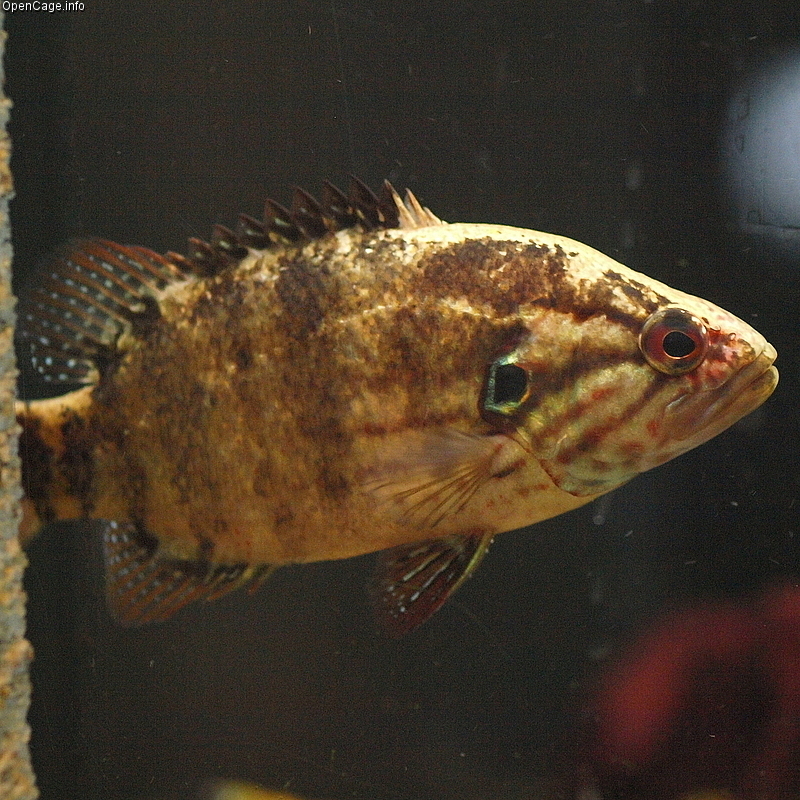
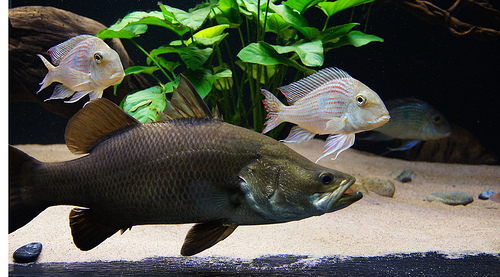
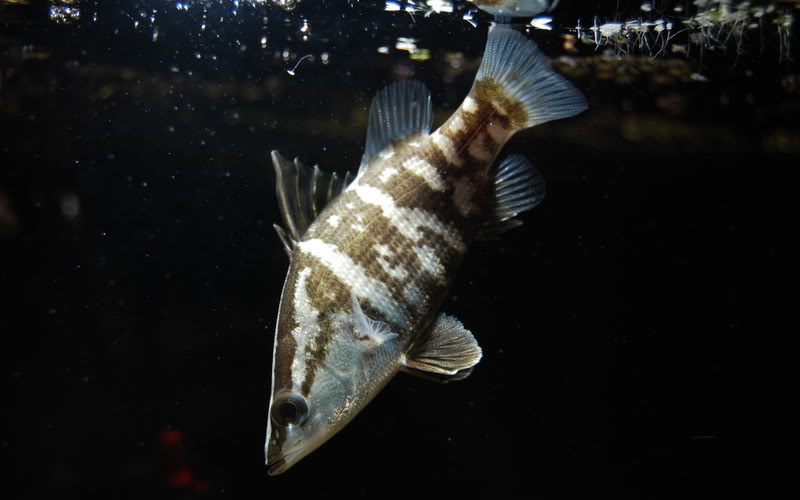
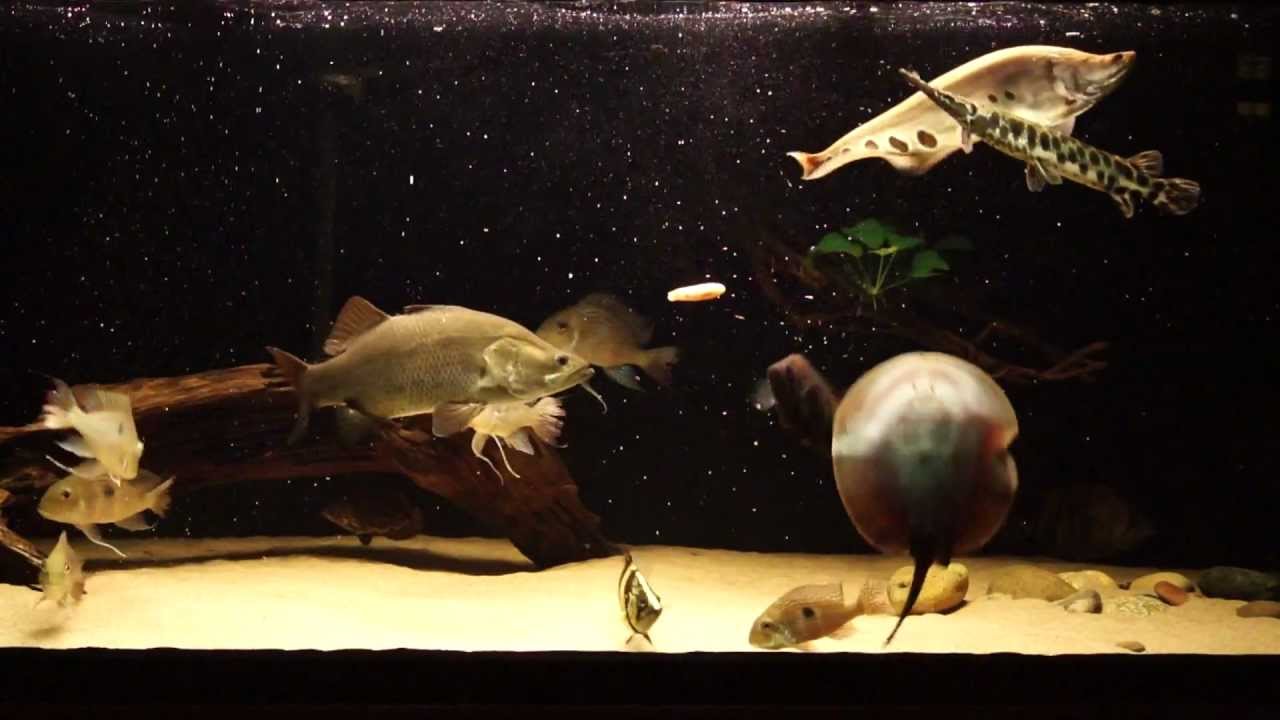
 Animalia Life
Animalia Life